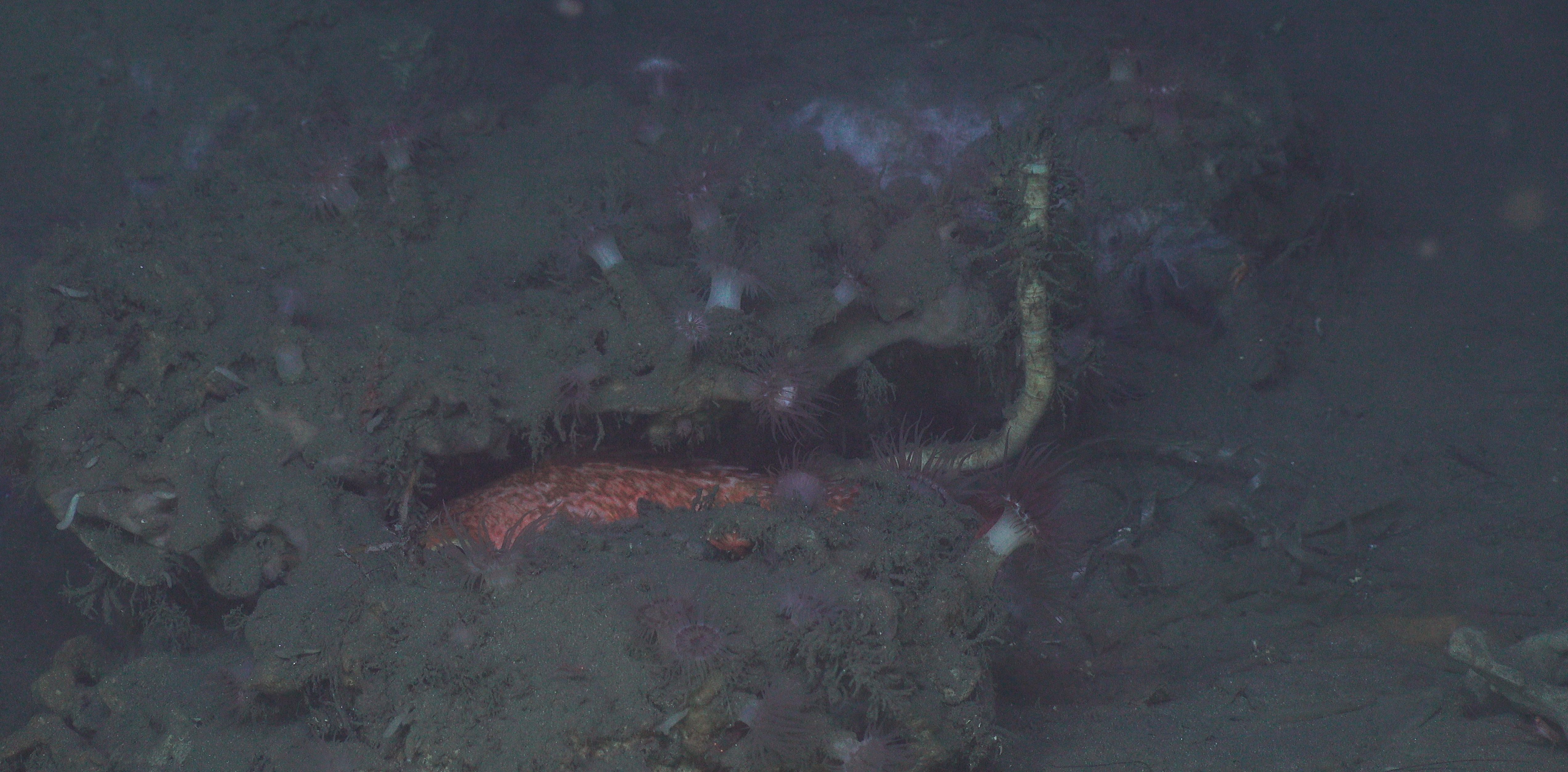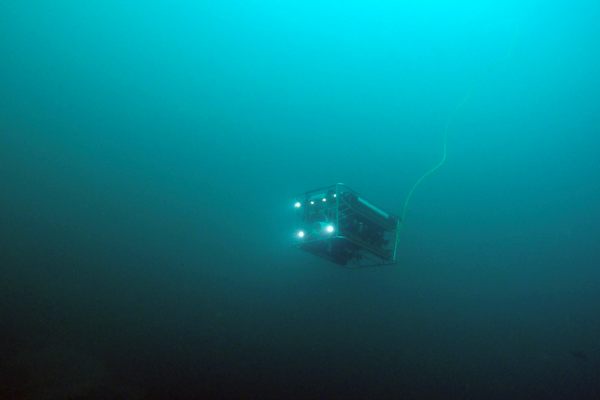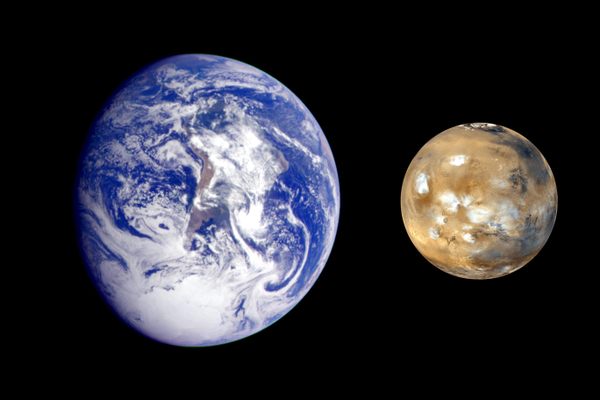Found: For the First Time, Deep Sea Tube Worms Near the U.S. East Coast
You never know what you’ll find when you turn over a rock.

While exploring methane cold seeps less than 50 miles off the North Carolina coast, scientists found themselves staring at an unexpected invertebrate from the deep sea, with neither eyes nor digestive system. While this sounds like the premise of a very cheesy 1970s sci-fi film, the recent discovery of chemosynthetic vestimentiferan tube worms for the first time in this part of the Atlantic is no fiction.
A team of researchers working with the DEEP Sea Exploration to Advance Research on Coral/Canyon/Cold seep Habitats (DEEP SEARCH) program, were examining the Pea Island and Kitty Hawk methane cold seeps in April when they made the discovery. A remotely operated vehicle nicknamed Jason was removing pieces of rock for the scientists to study later when the tube worm popped suddenly out of a crevice. “My first response was I was absolutely thrilled,” says Amanda Demopoulos, U.S. Geological Survey ecologist and lead scientist on the expedition. “I’ve basically been on the lookout for these tube worms since I started working on U.S. Atlantic seeps since 2012.” These types of worms are found in the Gulf of Mexico, Carribean, and near Barbados, among other places, usually associated with hydrothermal vents. But they have never been spotted along the mid-Atlantic Ridge, or near the U.S. East Coast.
The next day the team ventured to another seep north of the original discovery. Demopoulos told the scientists on board to think about when they were children, turning over rocks in the woods to reveal hidden ecosystems. The spirit of discovery paid off: more worms.
Vestimentiferan tube worms live inside protective tubes and spend their entire existence attached to the ocean floor. What makes them unusual is the way they obtain food. As vestimentiferan worms undergo metamorphosis, their digestive tract disappears and chemosynthesis becomes the only way they obtain nutrients. The process is similar to photosynthesis, but instead of sunlight, the worms use a symbiotic relationship with bacteria to create sustenance from hydrogen sulfide. Chemosynthesis is the base of the food web in some parts of the deepest, darkest abyss, where sunlight might as well be a myth.
These seep ecosystems, it turns out, are hotbeds of biodiversity in the deep sea. According to Demopoulos, the team has found rocks covered in bacterial mats, and mussel beds that “extend forever, as far as the eye can see.” However, the tube worms were a missing piece, and an important one. The presence of these invertebrates can serve as a measure of oceanic environmental conditions. “Overall it provides a window into our understanding of these deep-sea environments, which are relatively mysterious,” says Demopoulos.

















Follow us on Twitter to get the latest on the world's hidden wonders.
Like us on Facebook to get the latest on the world's hidden wonders.
Follow us on Twitter Like us on Facebook